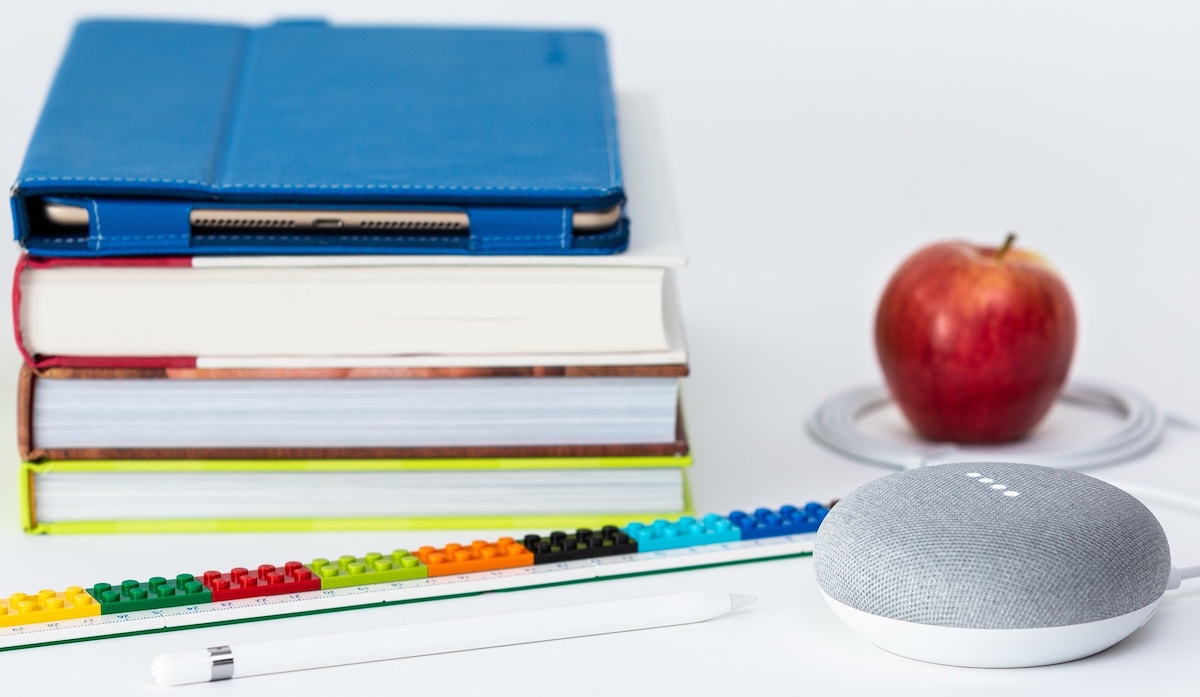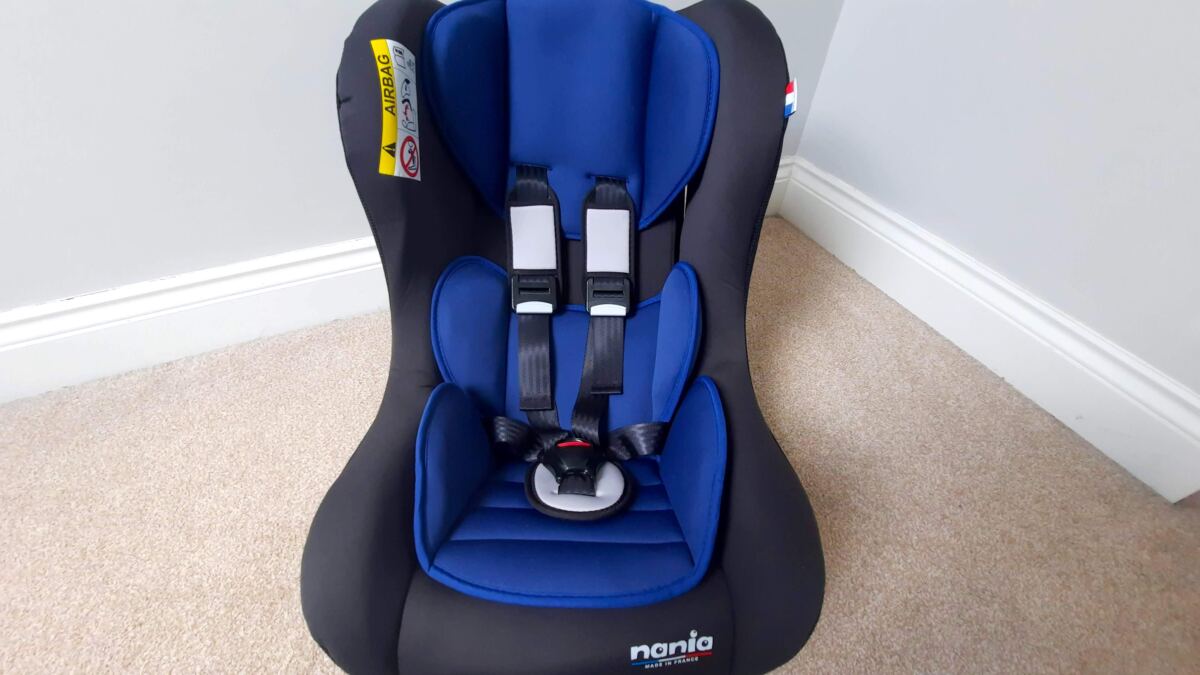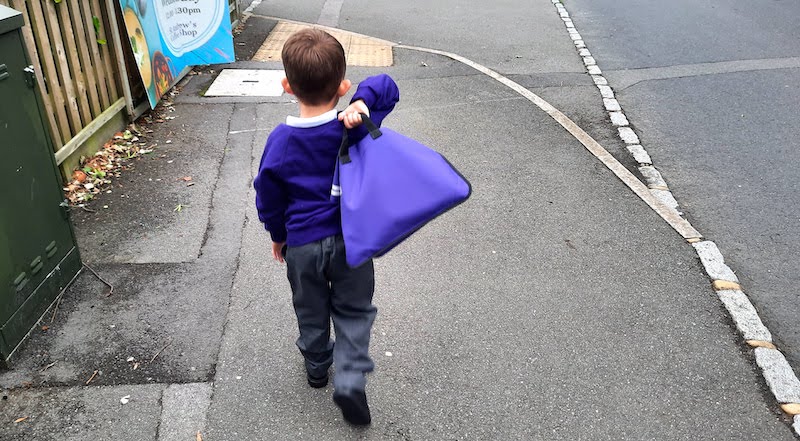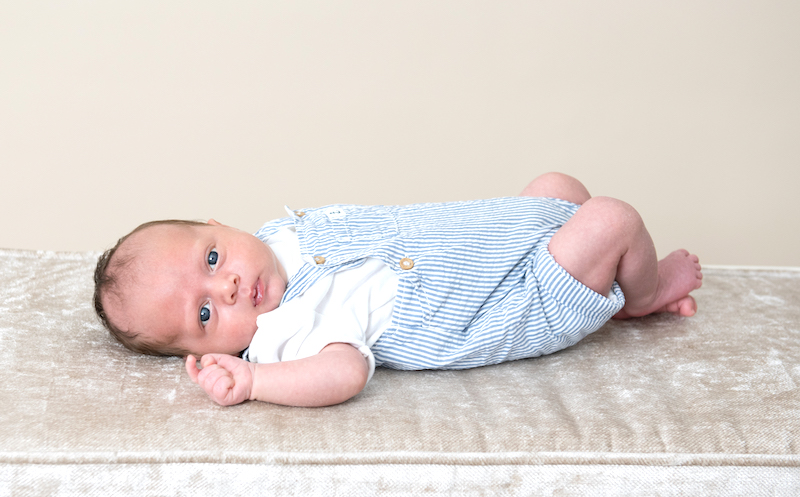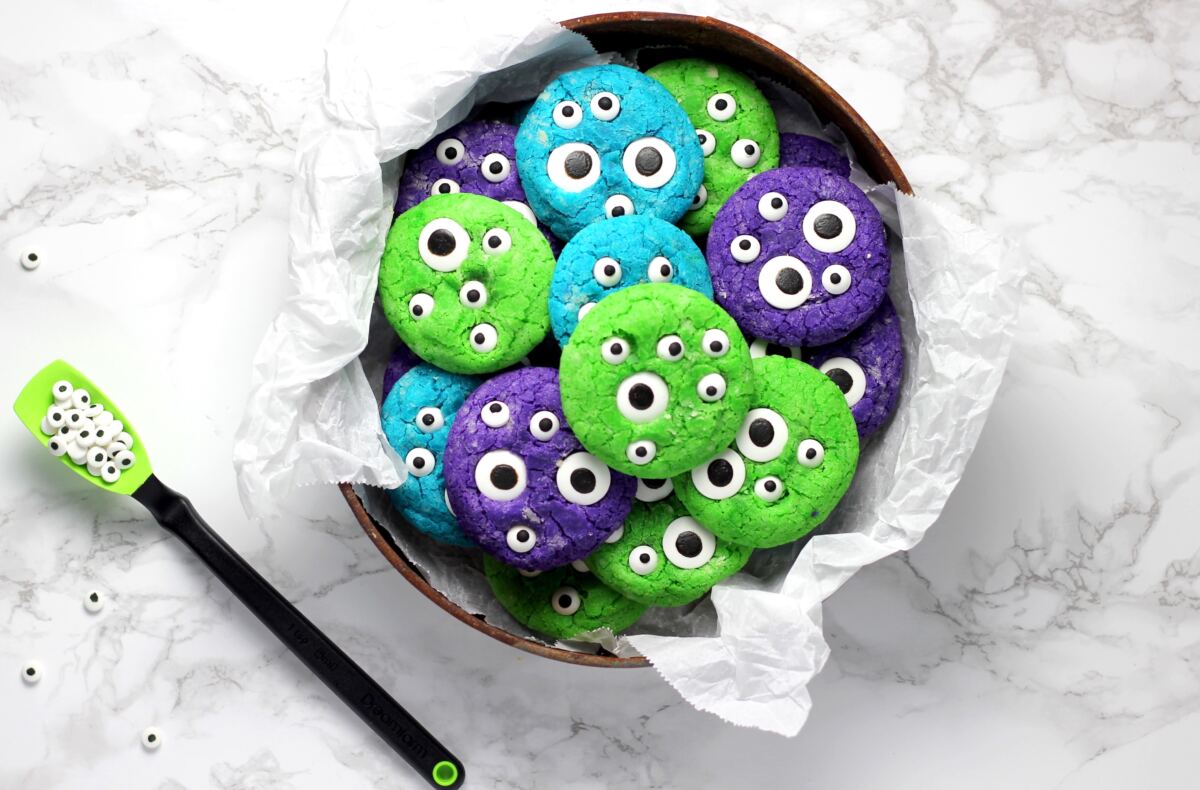What are the causes of nappy rash, and how to treat it
Last Updated on April 7, 2024
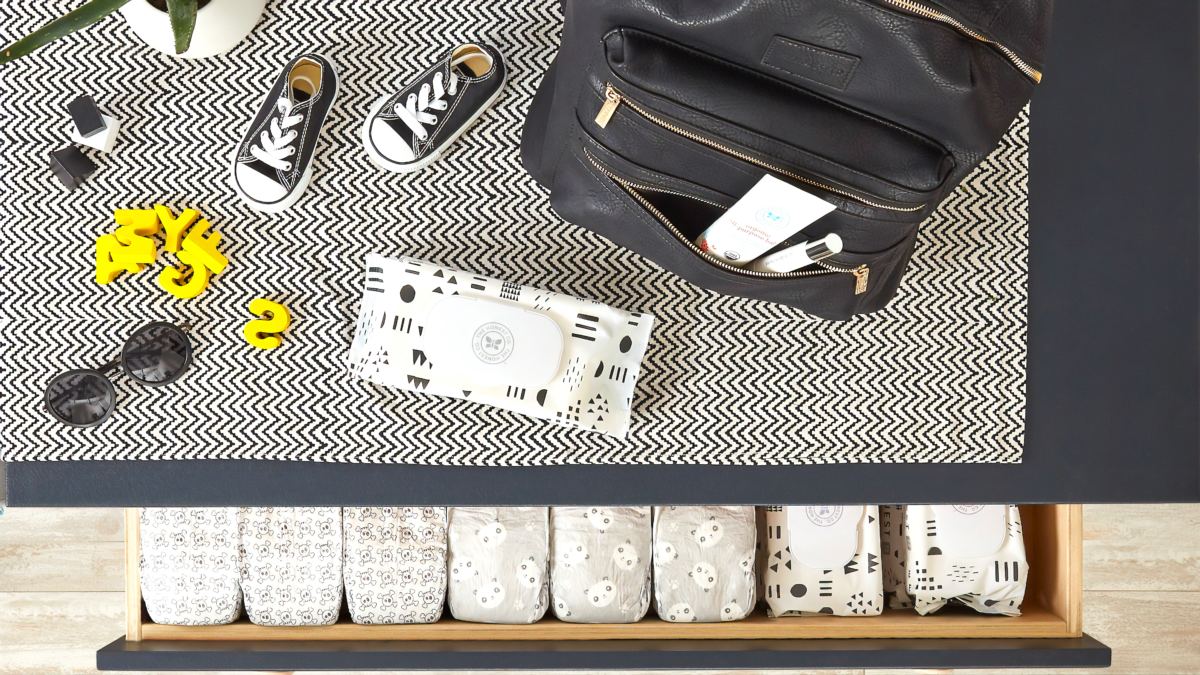
Most babies and toddlers experience nappy rash at some stage, and for some they can experience it many times, which is what happens with my 20 month old Thomas, who gets nappy rash more often than I’d like.
In this post I discuss some of the causes of nappy rash, and how you can treat it, so if like me you have a little one that suffers from it, you can help them feel better as soon as possible.
Related posts:
5 potty training tips for preschoolers
5 signs your child is ready for potty training
7 signs your child isn’t ready for potty training
Causes of nappy rash
Some causes of nappy rash are:
Wetness
One of the most common causes of nappy rash is wetness, and wetness is what all babies or toddlers in nappies are exposed to for long periods of time.
Wetness comes from their urine and poo, and if they have a spell of diarrhoea, they’re also at risk of developing nappy rash because their skin gets wet over a larger area.
Infrequent nappy changes
Not changing your child’s nappy often, especially if they’ve done a poo, can cause nappy rash to appear quite quickly.
It’s not always possible to change your child when you know they need it. Sometimes you’re out and you can’t find a change room, some places don’t have a baby change room at all, and sometimes, and this is the case with me, you don’t realise your child has done a poo and they can have it in their nappy for too long.
The best thing we can do about nappy changes is to do them as soon as we’re able to, which means not feeling guilty if you’ve left your child in their nappy too long when you’ve been somewhere that makes nappy changing hard, or impossible.
Acidic foods
Some babies and toddlers react to acidic foods by getting nappy rash, or sometimes even a rash on their mouth, which can help you to identify what foods to eliminate from their diet, which in turn helps you to minimise your baby getting nappy rash.
Some acidic foods include:
- Apples
- Blueberries
- Broccoli
- Corn
- Grapes
- Mushrooms
- Oranges (including orange juice)
- Peaches
- Pineapples
- Plums
- Tomatoes
Changes in diet
Another cause of nappy rash is a change in diet, which normally occurs when you start to wean your baby onto solids, or when your toddler tries new foods.
This is why it’s a good idea to introduce your child to a new food then wait a few days before introducing another new food, so you can make sure there’s no reaction to it.
Related posts:
Baby Led Weaning first food ideas
Baby Led Weaning how to start your baby on solid food
Meal planning for toddlers made easy
Sensitive skin
If your child is like mine and gets nappy rash often, it could be because they have sensitive skin.
If this is the case, it could be beneficial to change your washing detergent or the brand of nappy and wipes you use to see if another brand doesn’t irritate their skin.
Their nappy is too small
Nappy rash can also happen if your child’s nappy is too small, as it can rub on their legs or bottoms.
One way that I find out when a nappy is too small for Thomas is when he wakes up from his nightime sleep and his pyjamas are wet.
Nappy rash treatments
Nappy rash can be very painful for your child, two key ways of knowing that your child has nappy rash is if they have a red rash, or red skin on their bottom, or if they scream and wriggle around when you wipe them.
Another way that I know Thomas has nappy rash is when he pulls his legs up when I hold him, so his bottom isn’t touching my body.
Here are some nappy rash treatments that you can try, which will make your child feel so much better, and will clear up their rash pretty quickly.
Apply a cream
This is the only thing that I do to help Thomas with his nappy rash, which makes him feel immediately better, and the rash disappears within 2-3 days.
Three nappy rash creams that I’ve tried are Sudocrem, Metanium, and Bepanthen.
Sudocrem Antiseptic Healing Cream
Sudocrem is very thick and messy to apply, but is a fantastic cream for nappy rash as it can be used from birth, has an inbuilt pain reliever, and reduces nappy rash redness within 24 hours.
Metanium Nappy Rash Ointment
When I first notice Thomas’ nappy rash I apply Metanium immediately until his rash is gone.
Metanium is a barrier cream, which means it provides a protective layer between your child’s nappy and their bottom, so their skin doesn’t come into contact with wetness.
This is a thick cream, but not as thick as Sudocrem. If you use the cream in the yellow tube, which is what I use, it can stain your child’s clothing, but it washes out quite well.
Bepanthen Nappy Care Ointment
Like Metanium, Bepanthen is a barrier cream and can be used from birth. It isn’t thick at all.
I use this cream on Thomas every day after I stop using Metanium, to minimise his chances of getting nappy rash again.
It’s also free from fragrances, preservatives, colourants and antiseptics, making it ideal for sensitive skin.
Nappy free time
Giving your child nappy free time is something that Thomas’ nursery recommended as one of the treatments of nappy rash.
However, this isn’t always easy, especially if you have a child like Thomas who takes advantage of being nappy free by immediately weeing on the floor.
This is a worthwhile suggestion though, because it allows your child’s skin to breath and dry before putting another nappy on them.
It’s a great thing to do if it’s warm outside and your child can have outdoor time, it can also be perfect if you’re at the toilet training stage.
Avoid using chemicals
Avoiding the use of chemicals whenever possible can really help with more severe cases of nappy rash.
This could mean:
- Wiping your child with plain water on a cotton pad instead of wiping with wipes.
- Using water wipes.
- Not using bubbles in your child’s bath.
- Not using body washes on their lower half.
- Avoiding the use of body creams, apart from nappy rash creams, and
- Not using talcum powder on your child’s bottom.
Just as a note on nappy rash, every child is different, and what works for one child may not work for another.
If your child’s nappy rash doesn’t clear up after 3 – 4 days of trying a treatment listed here, if your child is extremely sore and irritated, or if you have any concerns at all about your child’s nappy rash, no matter how small, then please contact your health visitor or doctor.
I hope after reading this you have a better idea on the causes of nappy rash, and some treatments that you can try.
Nappy rash is so unpleasant for everyone, but especially for your child, and is one of those unfortunate things that many children will experience whilst they’re still in nappies.
Do you have any tips on how to treat nappy rash?
I’d love to hear about them in the comments section below.

